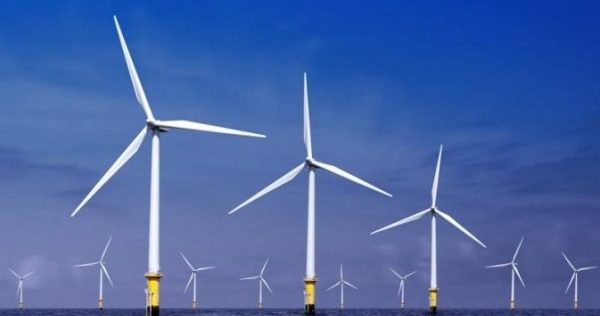The US Department of the Interior announced that will resume evaluation of applications from six companies seeking permits to conduct geological and geophysical (G&G) activities in the Atlantic Ocean. The seismic surveying offers better understanding of the country’s offshore areas, including locating offshore hazards, siting of wind turbines, as well as offshore energy development.
Aside from providing data on potential offshore oil and gas resources, seismic surveys are also used to site offshore wind structures, locate potential seafloor hazards, locate potential sand and gravel resources for beach replenishment activities, and locate potential archaeological resources. Data from seismic surveys also assists the Department in determining Fair Market Value of offshore resources.
According to DoI’s official statement, seismic surveys are not expected to have significant impacts on marine mammal populations or the environment, given the use of advanced technology and other safeguards that are currently required. BOEM currently employs mitigation measures and safeguards to reduce or eliminate impacts to marine life, while setting a path forward for appropriate G&G survey activities off the Mid- and South Atlantic coast to update data on the region’s offshore resources.
BOEM estimates that the U.S. OCS contains about 90 billion barrels of undiscovered technically recoverable oil and 327 trillion cubic feet of undiscovered technically recoverable gas. Production from all OCS leases provided 550 million barrels of oil and 1.25 trillion cubic feet of natural gas in FY2016, accounting for 72 percent of the oil and 27 percent of the natural gas produced on federal lands and offshore areas.






























































